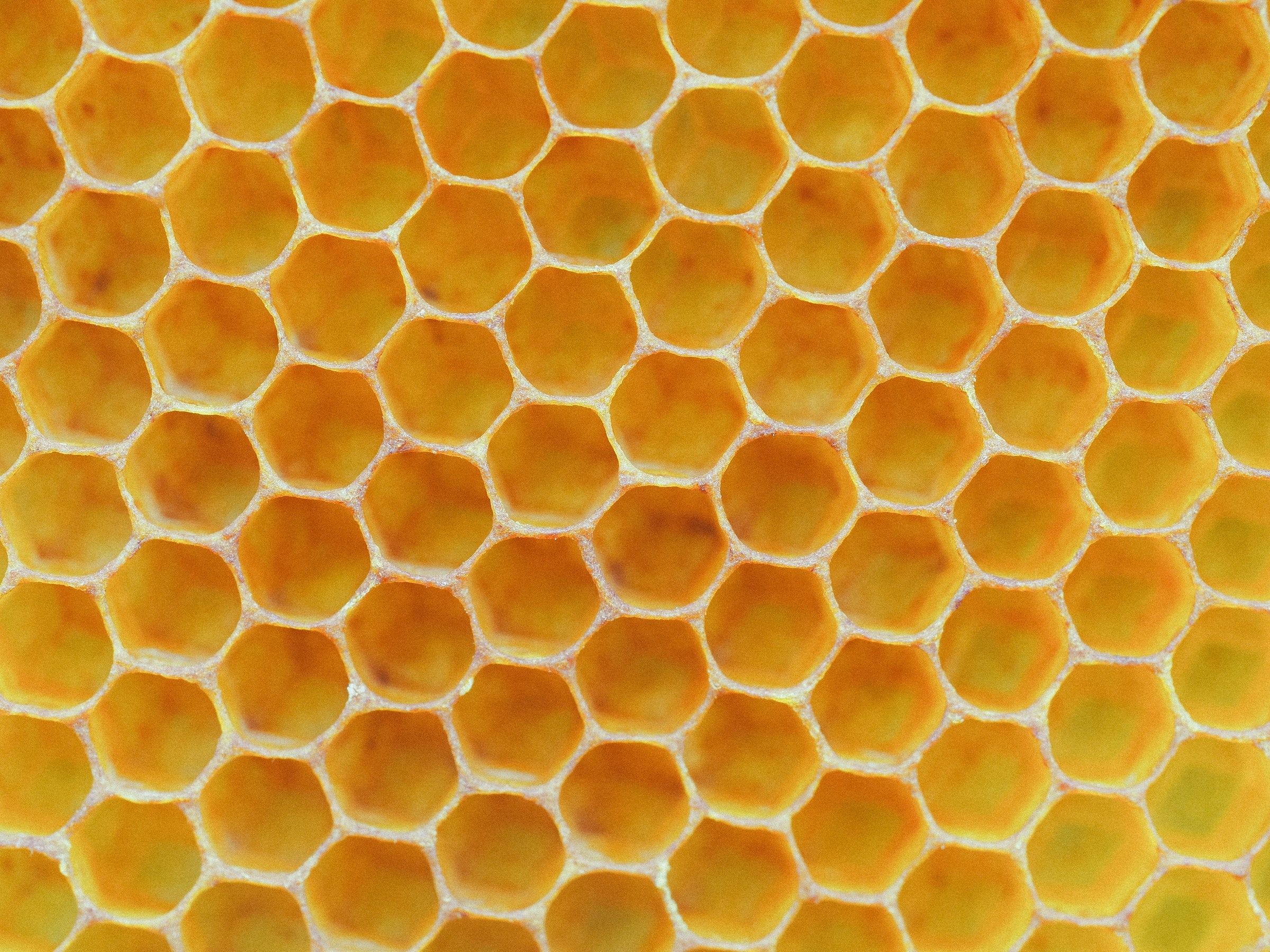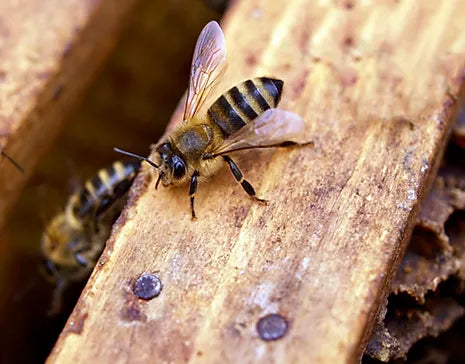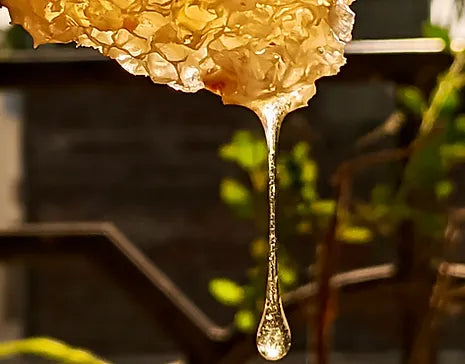
The Uses for Beeswax

Beeswax is made from the honeycomb found in bee’s hives, it is the most pure and natural form of wax available and is harvested at the same time as the honey harvest. Honeycomb is created when bees eat their own supplies of honey and secrete wax out of their legs. If honeycomb isn’t removed during the honey harvesting process, the bees have to wait for it to biodegrade before they can start a new honeycomb in its place.
Beeswax is used by humans as a 100% natural alternative to other waxes, which can be bad for air quality when melted down, such as paraffin wax or even soy wax if the soy has been grown with use of pesticides. Harvesting beeswax is an ethical byproduct of caring for bees and doesn’t have the negative impact on the area it’s harvested from, such as palm oil.

Candles made from beeswax are increasingly popular because the health benefits, when compared to other wax candles, are becoming more widely known. Negative ions are released into the air when beeswax is melted, the negatively charged ions attract positively charged ions, such as dust particles, and remove them from the air. Not only is this good for people with asthma, but it’s also great for neutralising unpleasant smells in the air!
Beeswax candles are one thing, but why would anybody need their own block of beeswax? Having beeswax in the house might be one of the most diverse tools in a homeowner’s toolkit, here’s just some of our favourite uses for a block of beeswax:
- Greasing hinges and drawer runners
- Easing stubborn zips
- Preventing rust on metals and tarnish on bronze
- Polishing wooden furniture and flooring
- Polishing granite
- Adding a waterproof coating to leather goods
- Making DIY cosmetics such as moisturisers and lip balms
- Creating DIY wax wraps to keep food fresh
